Seeking out subversion: Christian Jankowski’s curatorial debut reveals a discursive Manifesta
Seeking out subversion: Christian Jankowski’s curatorial debut reveals a discursive Manifesta
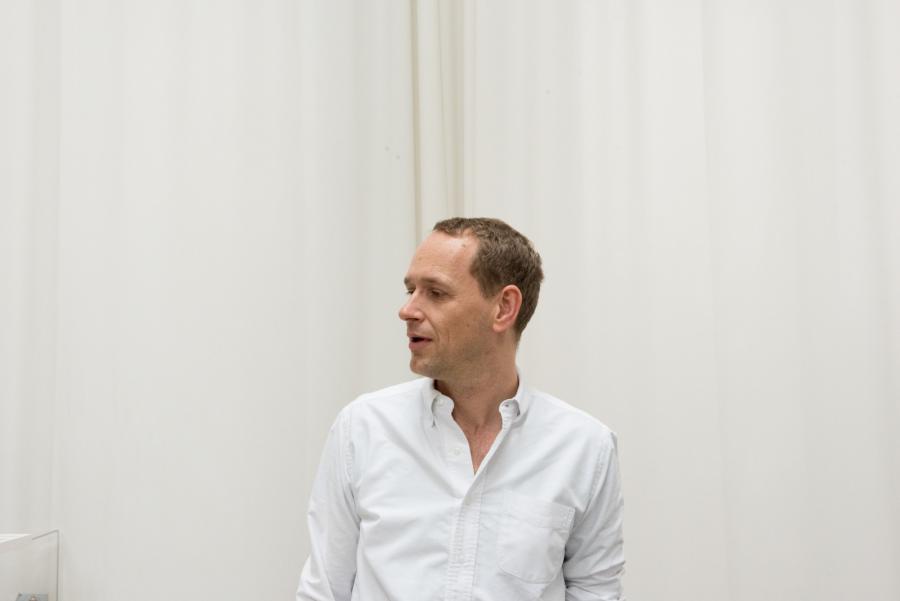
The multimedia artist shares his thoughts on slapstick, taking art down a rung, and the power of collective work.
This article has been produced by Freunde von Freunden.
Follow the link for the full story.
Christian Jankowski leaves no medium untouched. Born in 1968 in Göttingen, the artist’s extensive oeuvre of painting and video performances to bronze sculptures—all executed with his signature tongue-in-cheek tact—has long made him an international name.
Jankowski’s art doesn’t want to be elitist—his works not only involve personalities from outside the art world, but seek to speak to this wider audience, too. Think for example, of the Casting Jesus (2011) at the Vatican to find the perfect son of God. Or when he asked Italian television fortune-tellers about his success as an artist in his clever video work Telemistica (1999) for the Venice Biennale.
Jankowski found a flair for staged media early on. His father, an insurance worker with a deep love of music, was an ambitious amateur filmmaker, capturing his family in hundreds of Super 8 films. His mother passed on her love of archeology and history to her son. Jankowski originally aspired to become a painter, but only made it through the Hamburger Kunsthochschuler on his third attempt. Instead of paintbrushes and canvas, he reached for archaic tools, like a bow and arrow—memorable from work Die Jagt (1992) when he performed a supermarket hunting trip. This often cited work encapsulates two of the artist’s signature qualities: his charming tenacity and his commentary on society, media, and the art industry. He takes them to task, picking apart existing structures or rendering them absurd.
Despite being often on the move, the center of Christian’s life has remained in Berlin. His studio is on the first floor of a brick factory in one of Berlin’s more tranquil neighborhoods and is a mix of both personal and work space, without any clear division between art and life.
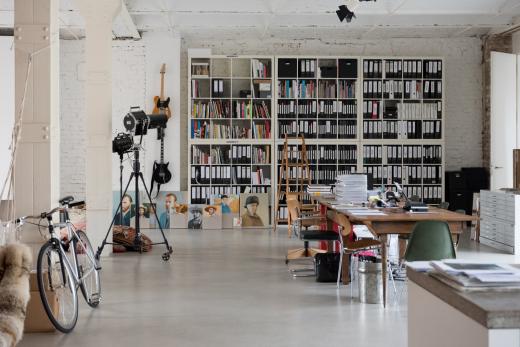
Most of your works don’t necessarily come about in the studio. What kind of meaning then does this space have for your art?
I’m used to living my life in the studio and working at the same time. A lot of things are prepared over days, weeks, and months here. Mostly at this table here. I like spaces with multiple functions.
This close connection between art and life alongside collaborations with people who don’t necessarily have anything to do with art—why is this so important to you?
That comes quite naturally. I can only make art through living, through my perception of the things around me: reading into them, thinking about and developing things. I find more so that it’s only in the exhibition spaces, detached from a context, that it clearly becomes art. For me a lot of works come about in a collective, so I’m reliant on communicating with other people and working out to what degree you can work together...How you can involve someone making art. Then, for a start I can just learn and see how different people work in different contexts.
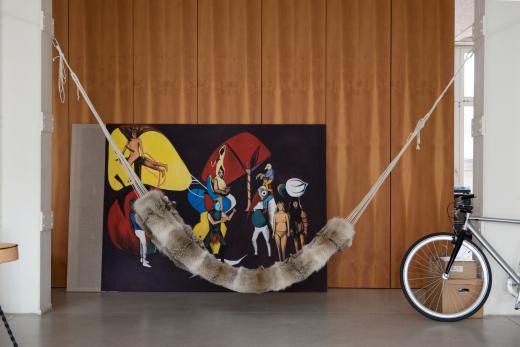
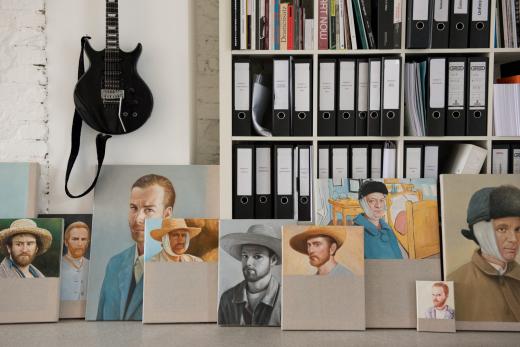
This year your art collaborations have taken on a different dimension: you’re opening Manifesta, one of the most established art biennales, not only as an artist but as a curator. What’s the difference between the artist Christian Jankowski and the curator?
There’s no big difference. Manifesta, for me is also just another artistic format. Much bigger and much more long-term in preparation and there are a lot more people helping out. But in terms of my attitude and my approach it’s the same themes that inspired me in my development of the concept. Just like in working as an artist it’s about a network of lots of different people that you have to communicate with, that you have to convince somehow. I approach the whole Manifesta as a body that wants and will be shaped.
What are you most excited about for Manifesta?
It’s a lot of fun seeing how art comes about, from the idea up until it becomes a finished work. And, to show this artwork for the first time, before its next big adventure. There are a lot of artists who I admire and some who I’ve just gotten to know recently. I feel like a kind of guide who’s trying to protect everything, to support and take it into the right direction.
In general, do you think it’s the mandate of artists to playfully or critically analyze institutions? Or rather, what is your take on art? What do you think it should achieve?
It should definitely move you. I work with the living not the dead. If other people approach me with with expectations or with a question—then that’s the start of a dialogue. I’m also thankful when I get concepts that I don’t really like from curators—great, then we have a starting point. This can have an influence on the art. It’s doesn’t have to be, but in my art that’s often the case.
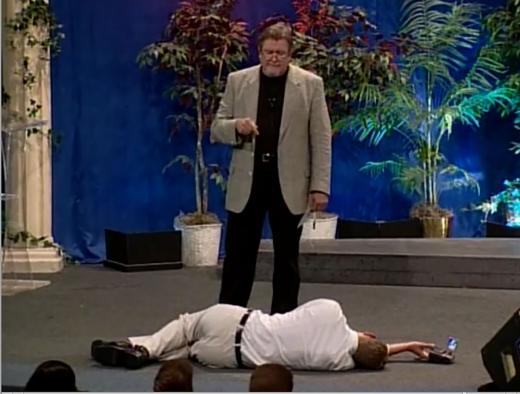
"The Holy Artwork" (2001). A Texan televangelist performs his weekly show, preaching about the
holy works, with Jankowski lying at his feet, questioning prayer and performance, art and belief.
Your art is both critical and humorous. There’s always the danger of something becoming slapstick. How do you deal with that?
I can’t be scared of that. It’s the recipient who makes the slapstick. I don’t see the works as slapstick. That fact that art can be read in a multitude of ways, for me, is just one of its qualities. Whether something is preaching or a performance, that’s in the eye of the beholder.
You’ve been a professor at the Stuttgarter Kunsthochschule for some years now. What the role mean to you?
I feel really comfortable in this kind of environment. It doesn’t feel like work when I’m having a discussion about art with the students. It’s great to be able to teach alongside making my own art—not only economically. There are a lot of things that relate and make something else possible. I also notice that with Manifesta. Both the invitation to Manifesta and the invitation to teach in Stuttgart came to me like: “Ah, life’s giving me a new opportunity to do something different.”
Are there other artists or other personalities who have influenced you?
There have been a lot of people. I’ve also played music for a long time now, as you can see by these old electric guitars—relics from another time nowadays. Making music has a lot to do with collective working, something that happens with film production and in studio Jankowski. It’s funny to think of old fantasies— as a teenager I used to try to copy Frank Zappa and translate the lyrics with my bad English. [laughs]
* * * * *
See full story at Freunde von Freunden
Credits:
Text: Chrischa Oswald
Photos: Franziska Sinn